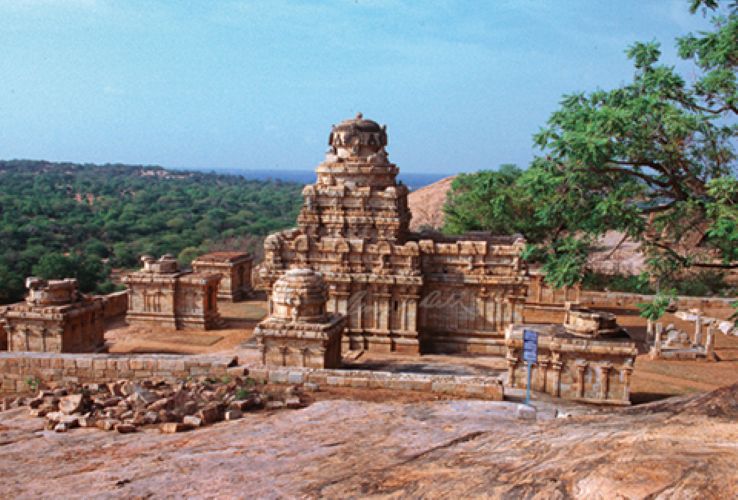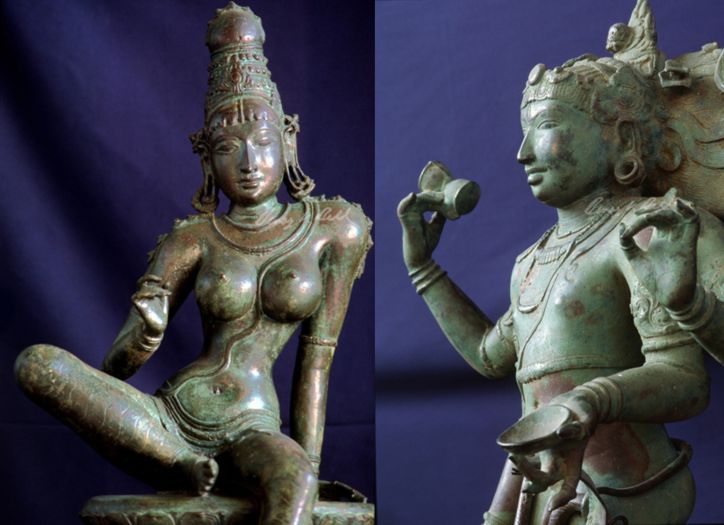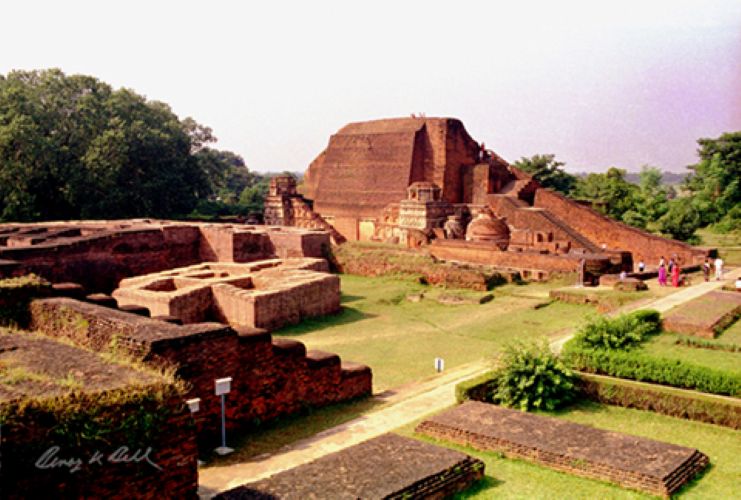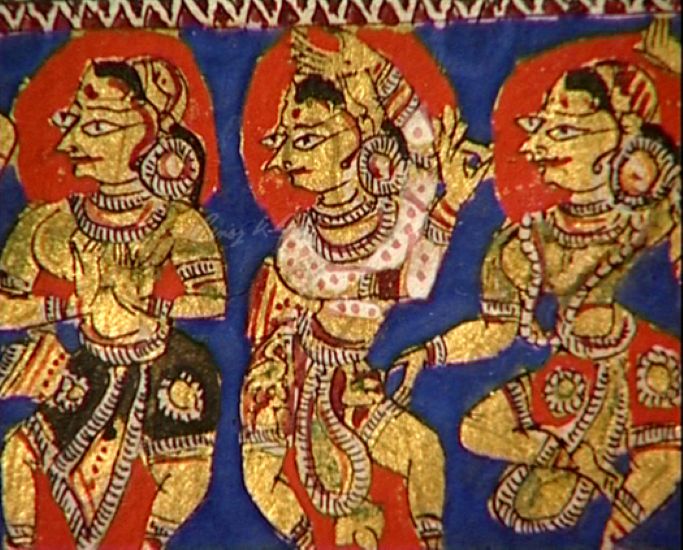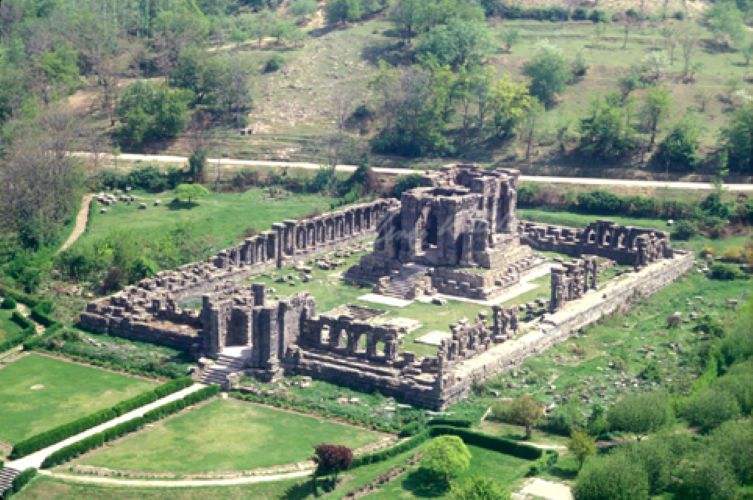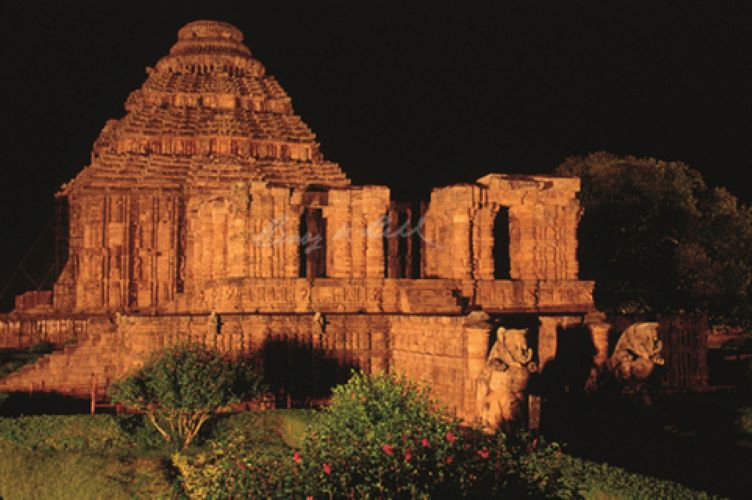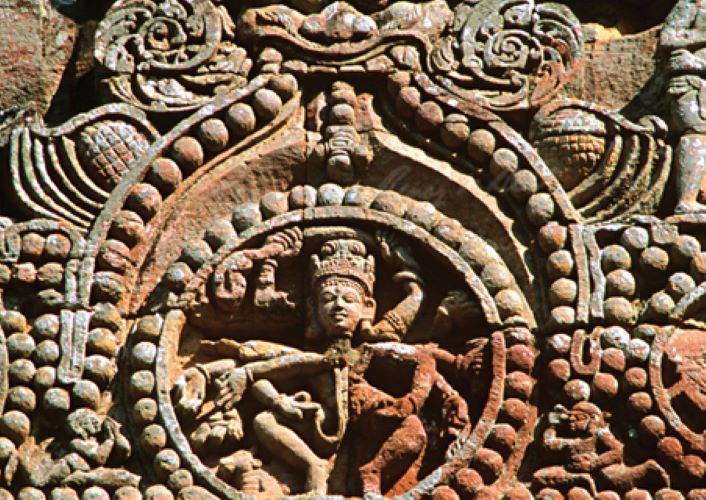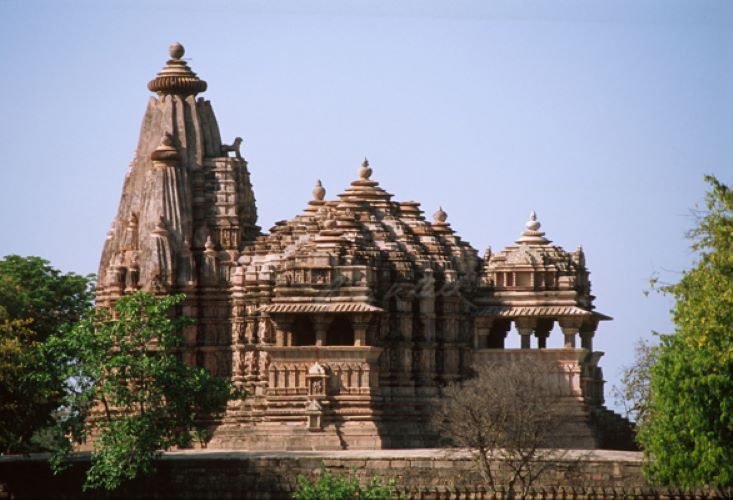Benoy K Behl The history of Indian sculpture is the story of one of the oldest cultures of the world, which continues till today. Five thousand years ago, there was a vast civilisation established in the river valleys of North India. The first sites found were in the basin of the Indus river. All art […]Read More
Tags : Benoy K Behl
Benoy K Behl In about 850 CE, a Chola chieftain named Vijayalaya took control of Thanjavur and ushered in an era of unsurpassed prosperity and grandeur in Tamil Nadu. The most beautiful temples of South India were made under the rule of the Cholas. At Narthamalai, located on top of a hill, amidst the great […]Read More
Benoy K Behl According to ancient texts, the deity in the sanctum of the temple is depicted closest to its all-pervasive nature. It is a manifestation of the ultimate truth. There also developed a great tradition of Utsava murtis or ‘festival images’. The deity, in many manifestations of human form, comes out to the streets […]Read More
Benoy K Behl The Vijayanagara Empire emerged in the mid-14th century and soon encompassed most of South India, from coast to coast. By the mid-15th century, the kingdom stretched from North Karnataka to Kerala and from the Malabar Coast to Orissa. At Hampi, on the banks of the Tungabhadra river, was made the imperial capital […]Read More
Benoy K Behl At the ancient university of Nalanda, there was a spirit of vibrant intellectual thought, a climate of discussion and debate. The many ‘acharyas’, or learned professors, at Nalanda authored hundreds of works on philosophy, metaphysics, psychology, logic, medicine, astrology, arts, literature and other subjects. The study at Nalanda was of life itself and […]Read More
Benoy K Behl The ancient Indian treatise on painting, the Chitrasutra of the Vishnudharmottara Purana states that paintings which are made with an understanding of the harmony of life have a beneficial influence upon the onlooker. It is this deep understanding and vision of life which ancient Indian art shares with us. The paintings in […]Read More
Benoy K Behl In the high Himalayan mountains is the verdant valley of Kashmir. Amidst its great natural beauty, the thoughts of man have constantly turned to the wonder of creation. Since early times, Kashmir has been a renowned centre of Hindu and Buddhist philosophy. It is here that the Indian philosophy of aesthetics was […]Read More
Benoy K Behl In the 13th century, in Odisha on the eastern coast of India, was made a grand temple dedicated to Surya, the Sun. It was the tallest and most magnificent temple made in India, the climax of 800 years of building structural stone temples. It was built by King Narasimhamahadeva I of the […]Read More
Benoy K Behl After over a thousand years of rock-cut shrines in India, structural stone temples, in grand and developed styles, were made by the 8th century. The southern form was seen in Tamil Nadu under the Pallavas. Under the early Western Chalukyas, both southern and northern forms were seen at Pattadakal and Alampur. In […]Read More
Benoy K Behl The Indian temple is conceived as a place for the self-transformation of the devotee. A place where the noise and confusion of the material world are left behind. Where in the sanctified silence, one may gain the knowledge of the oneness of all of creation. The temple and the sculpture upon it […]Read More



